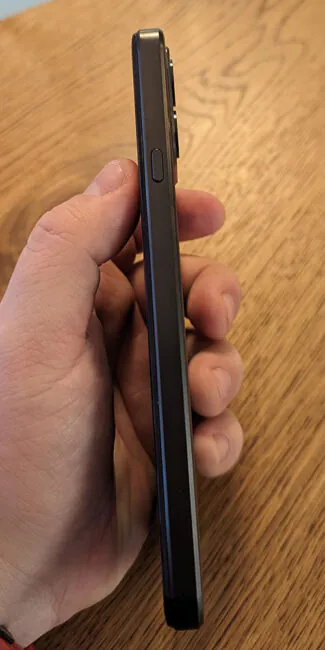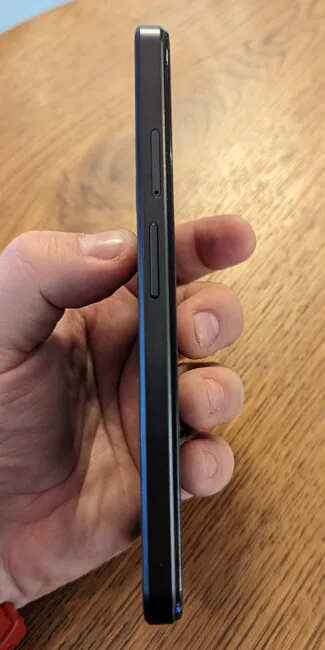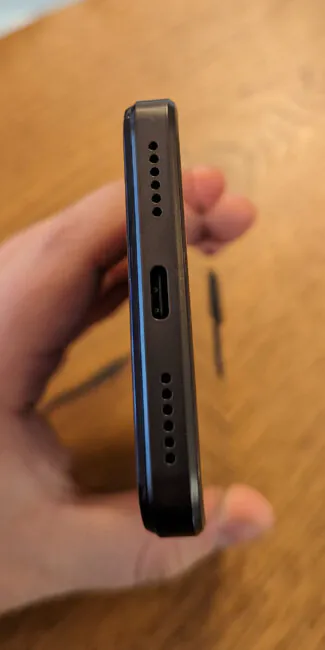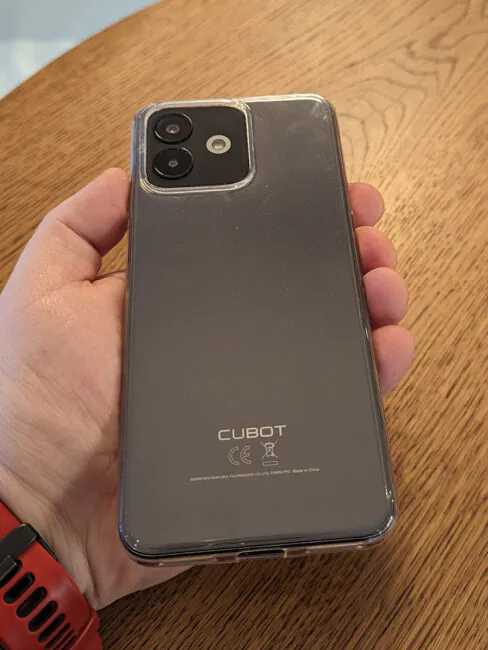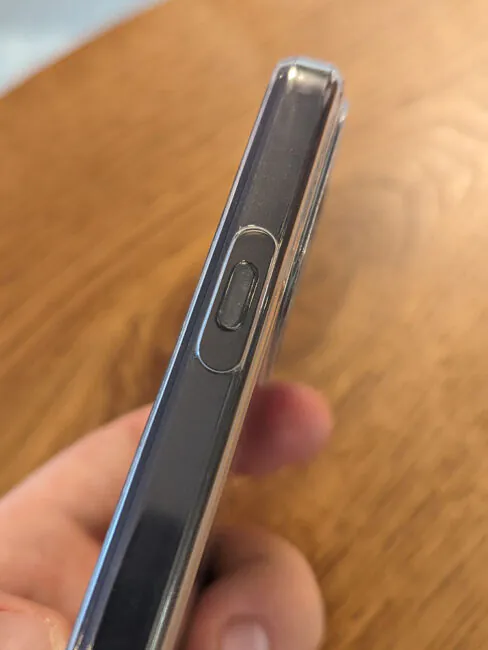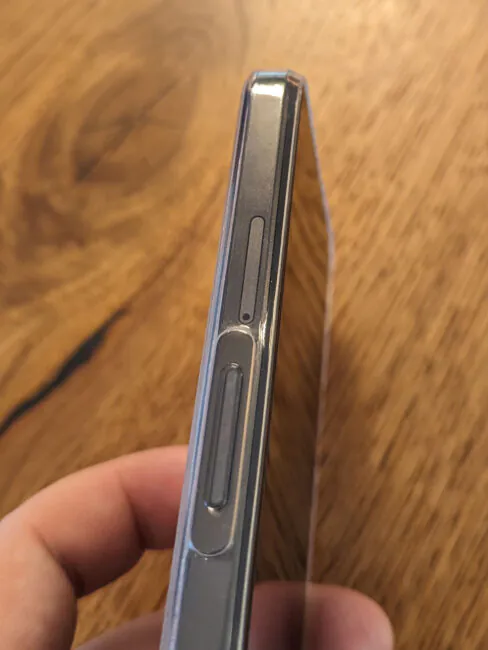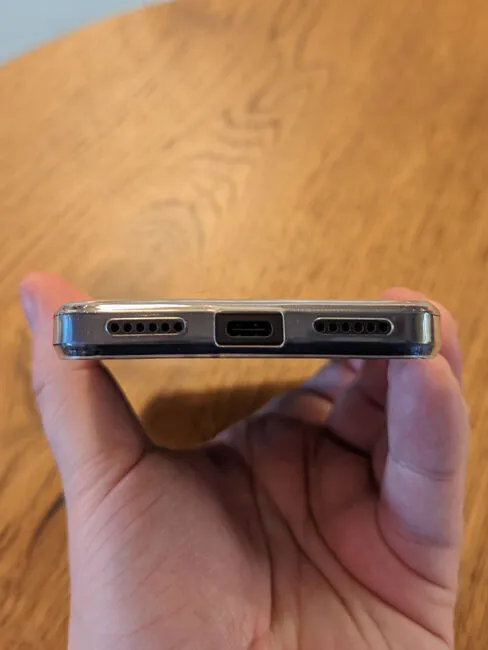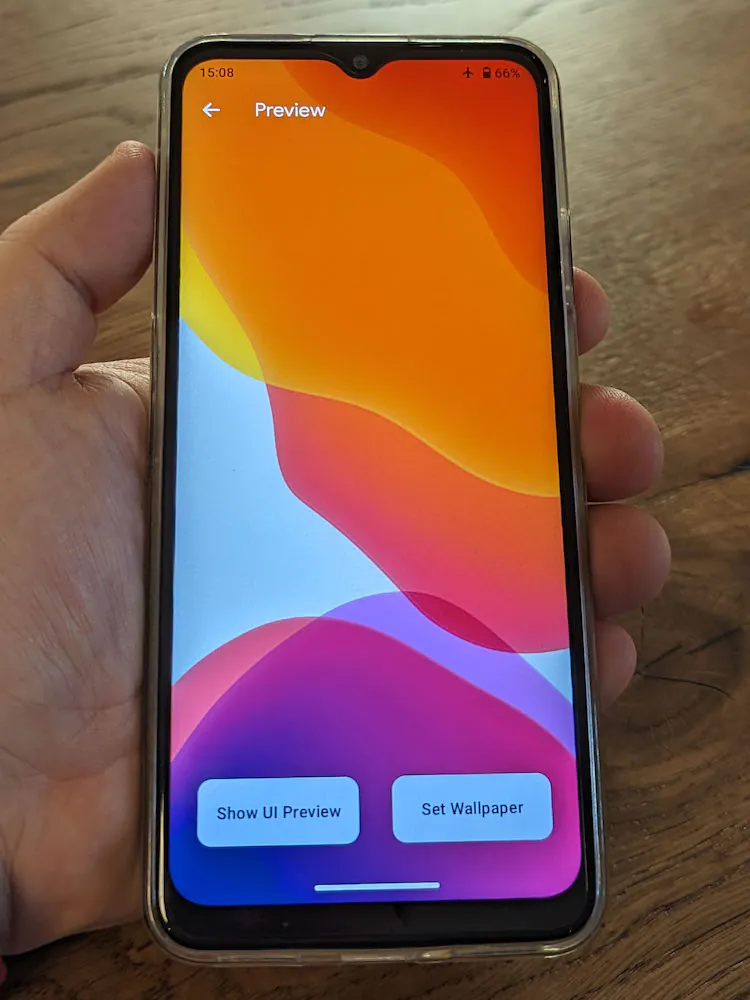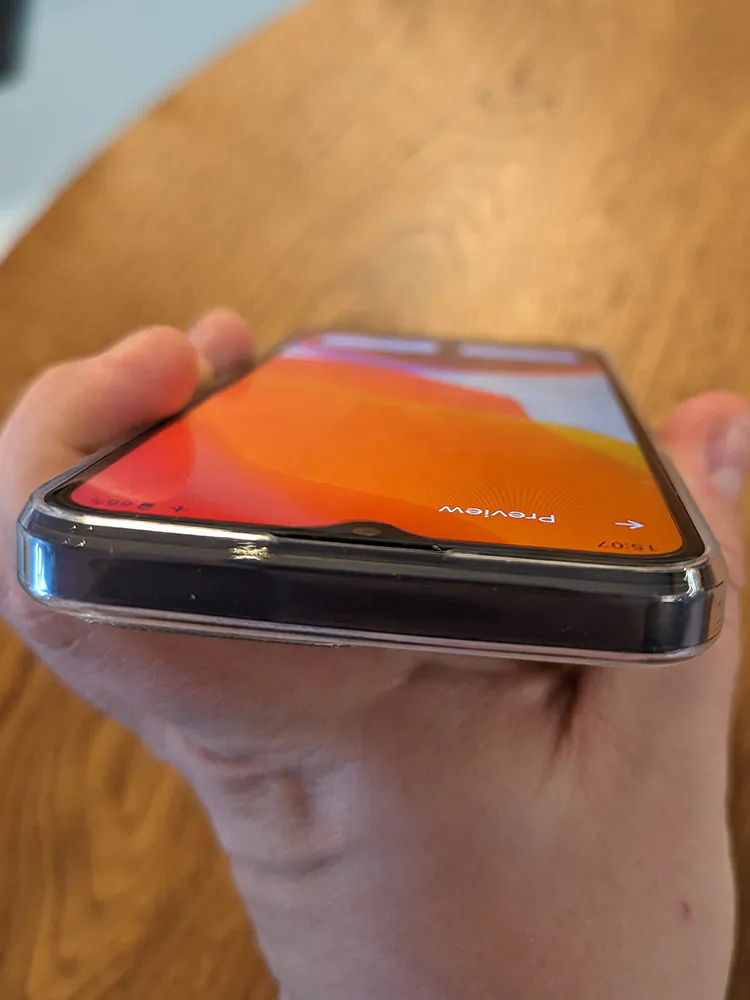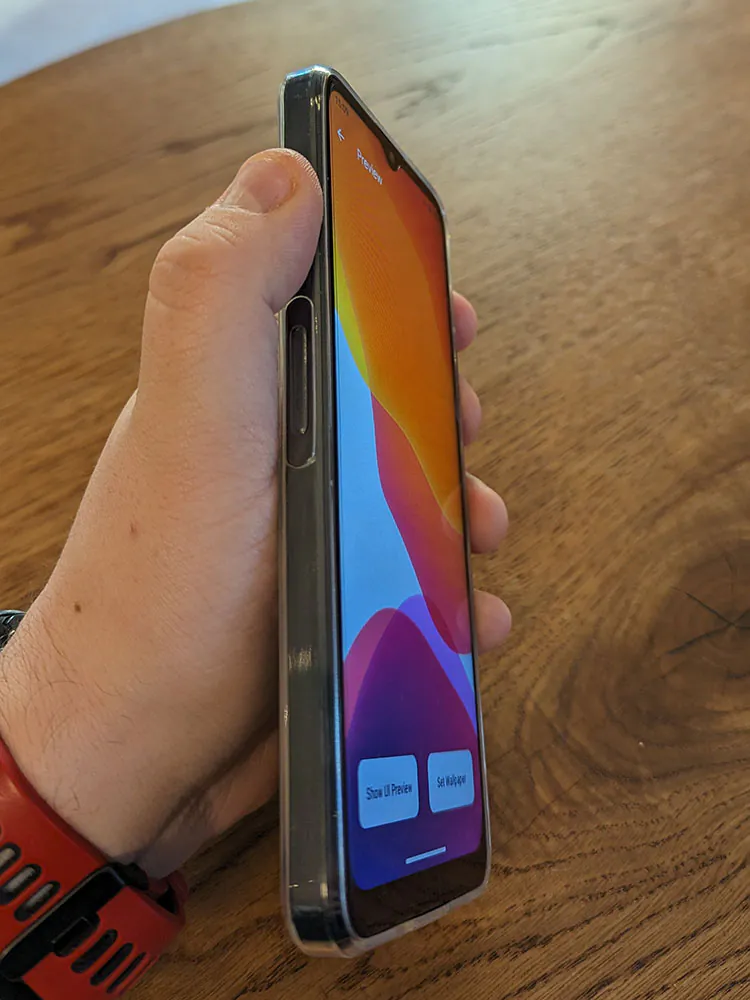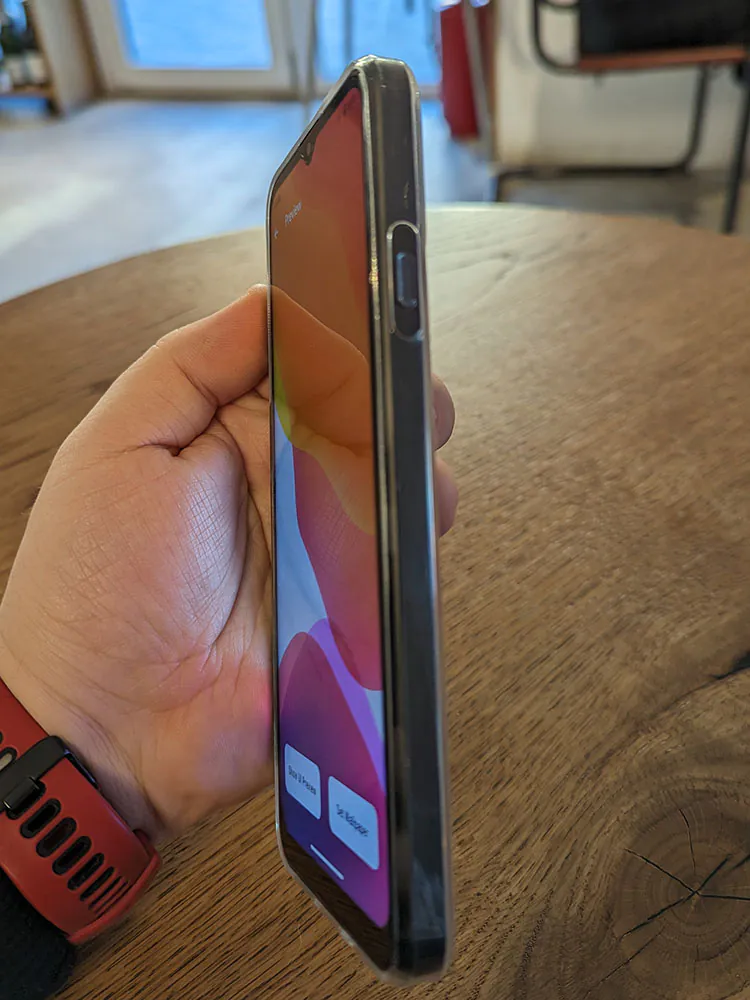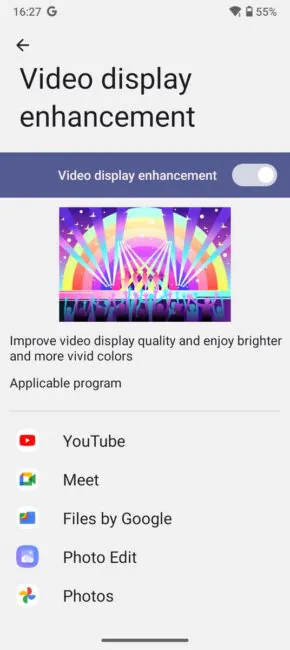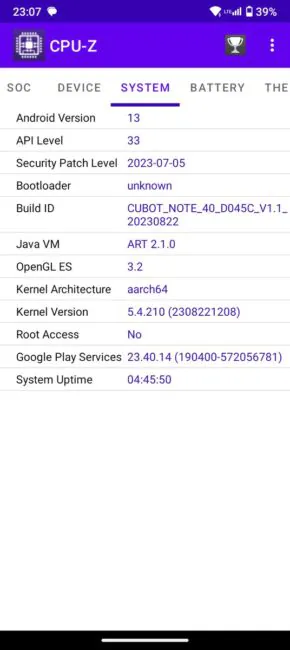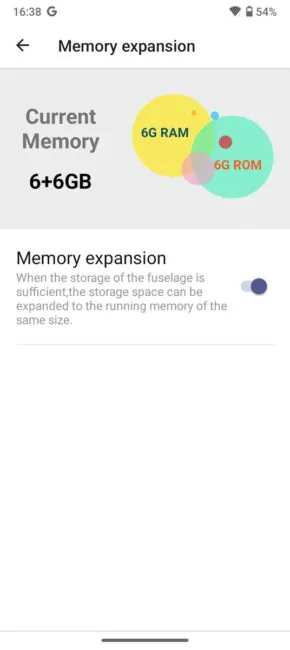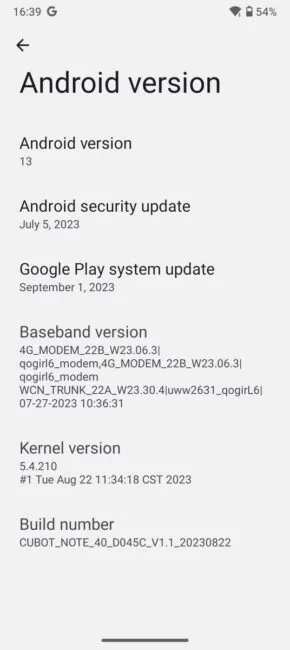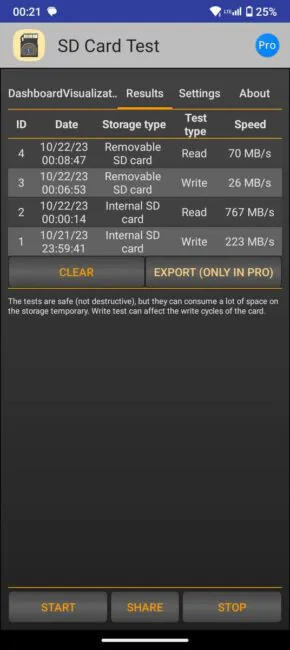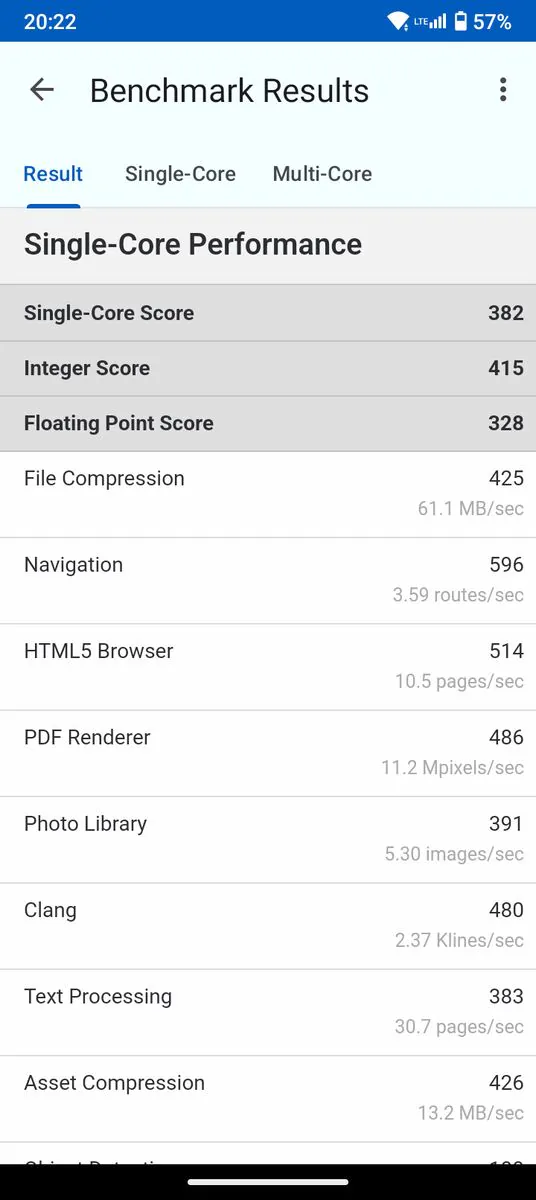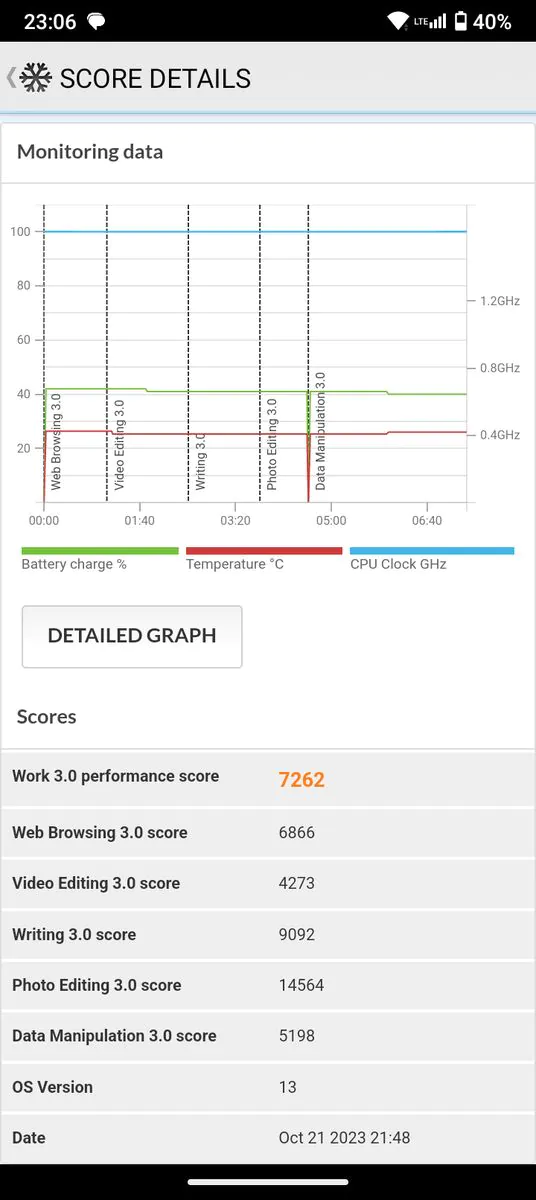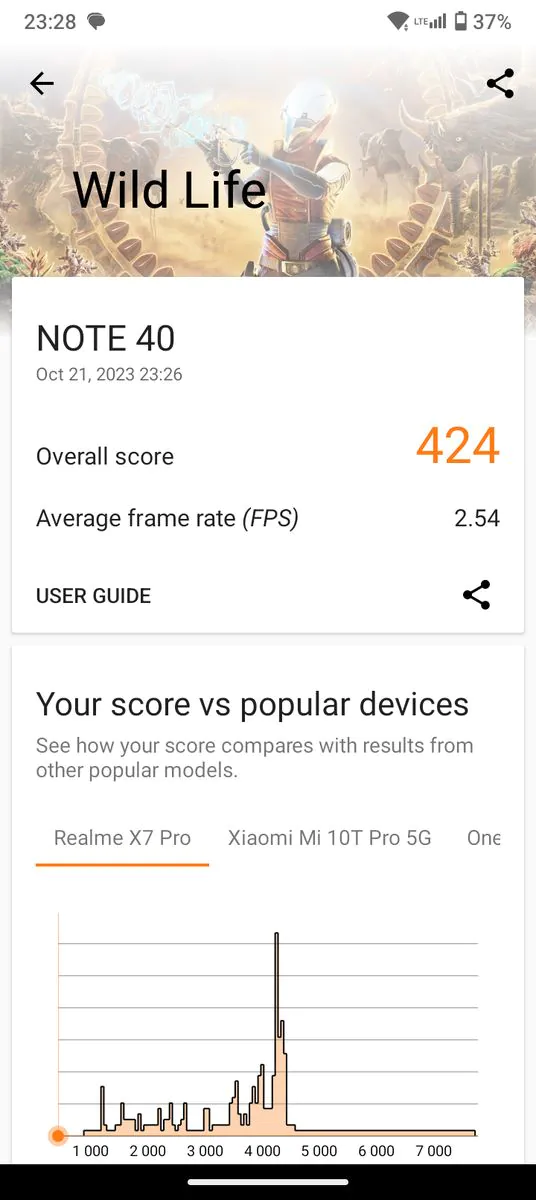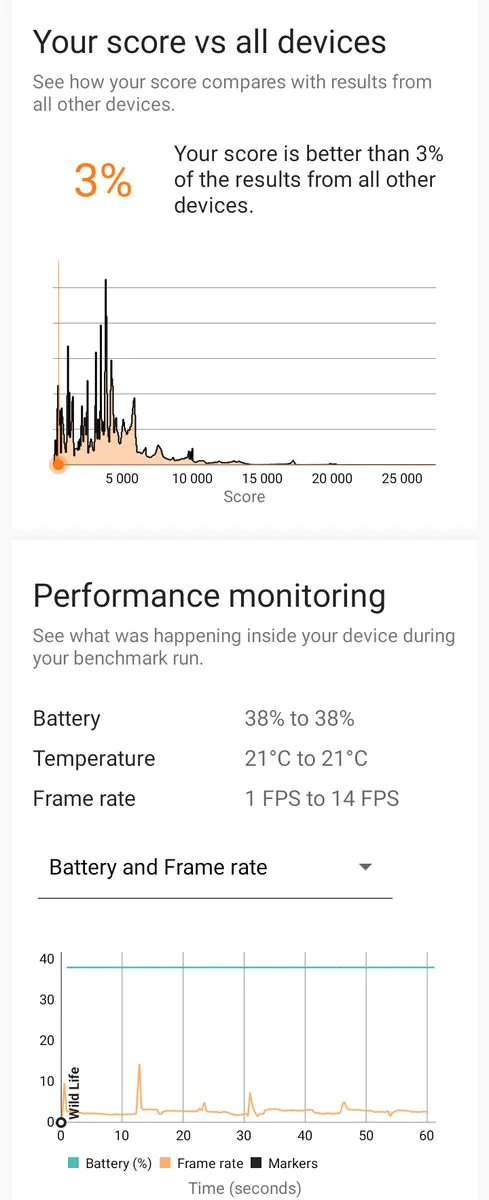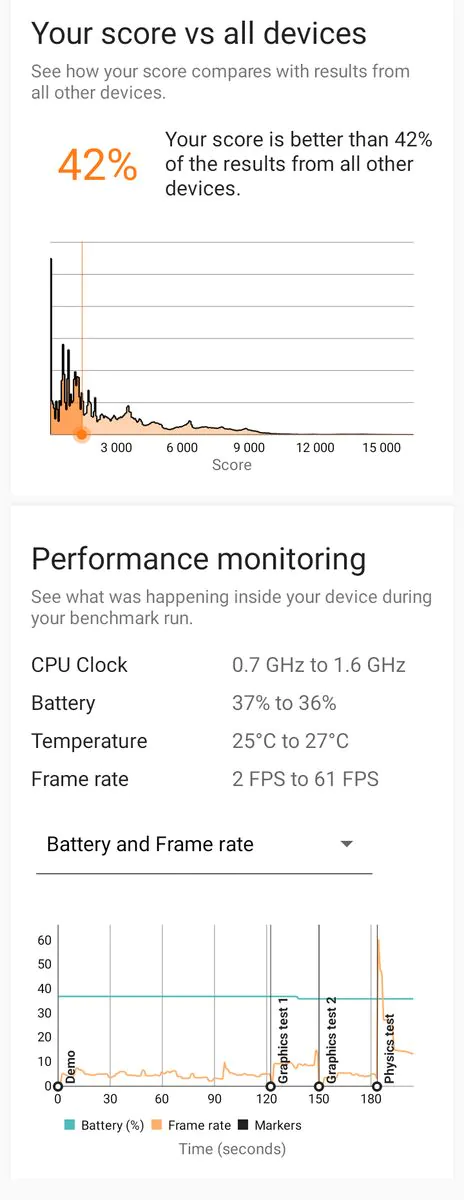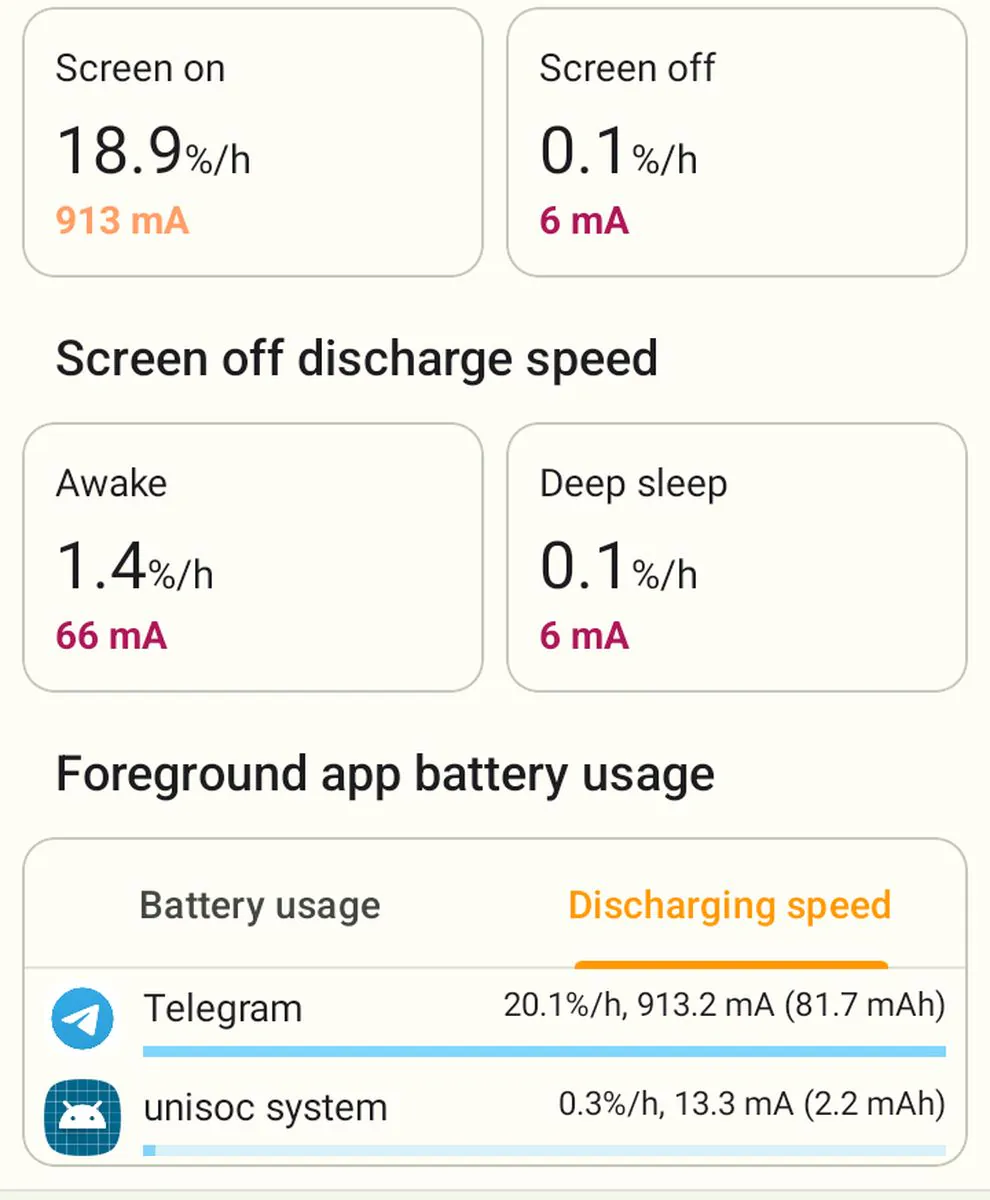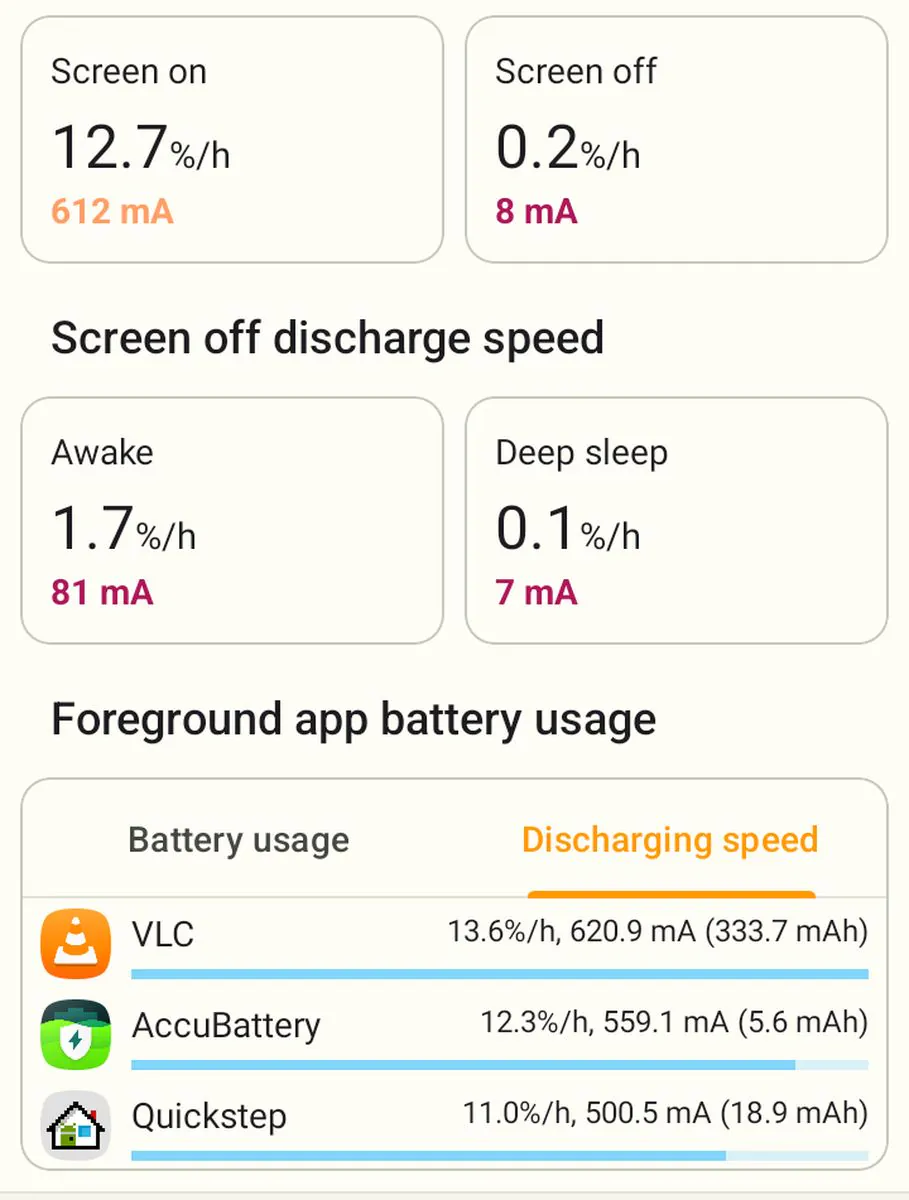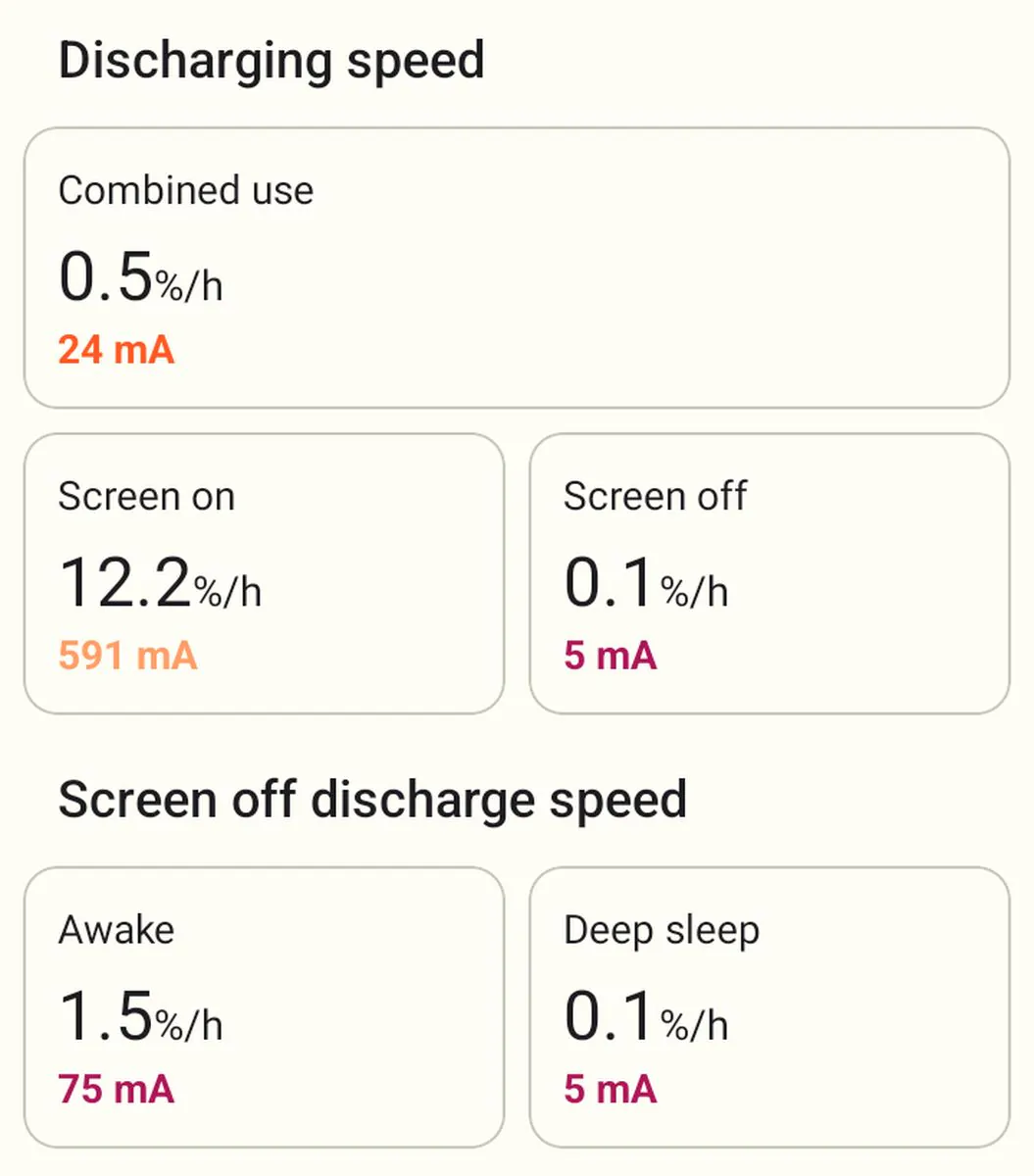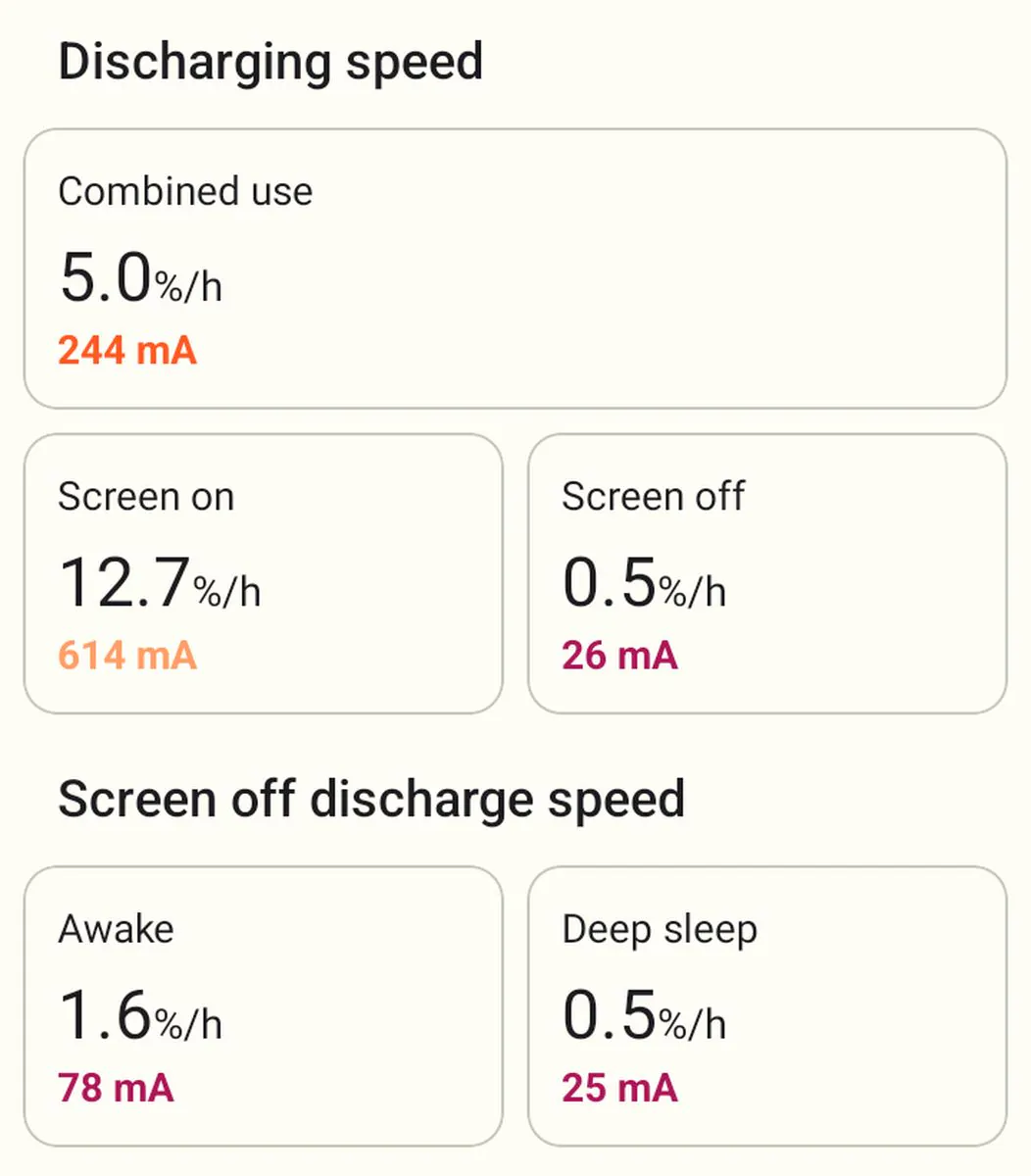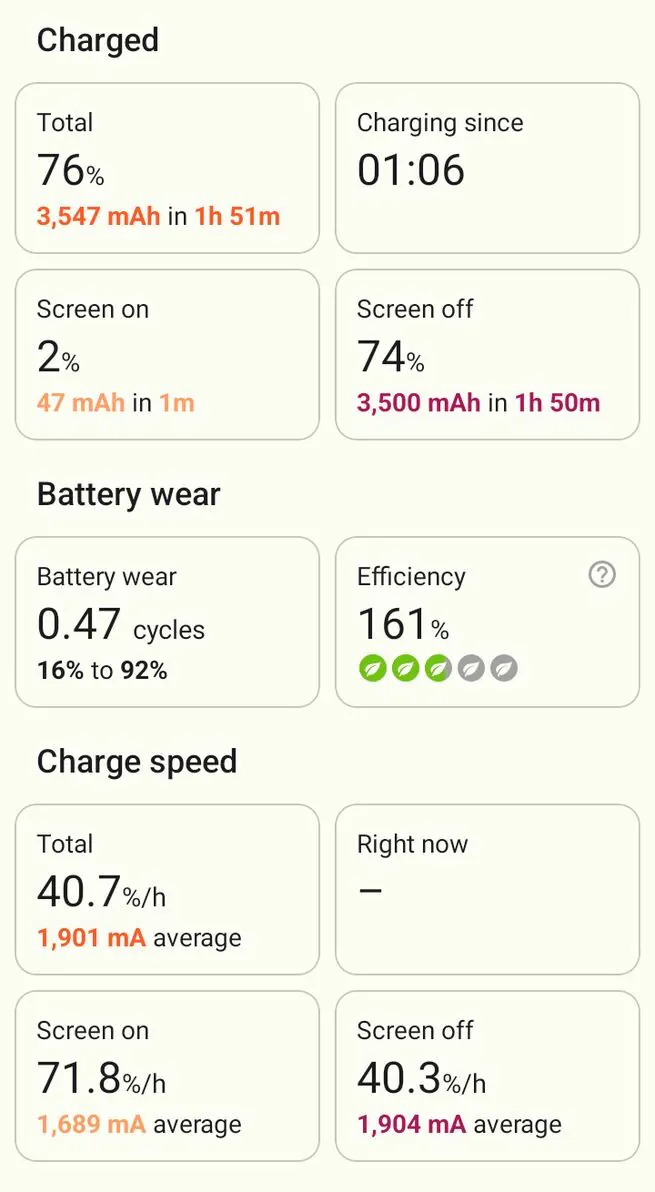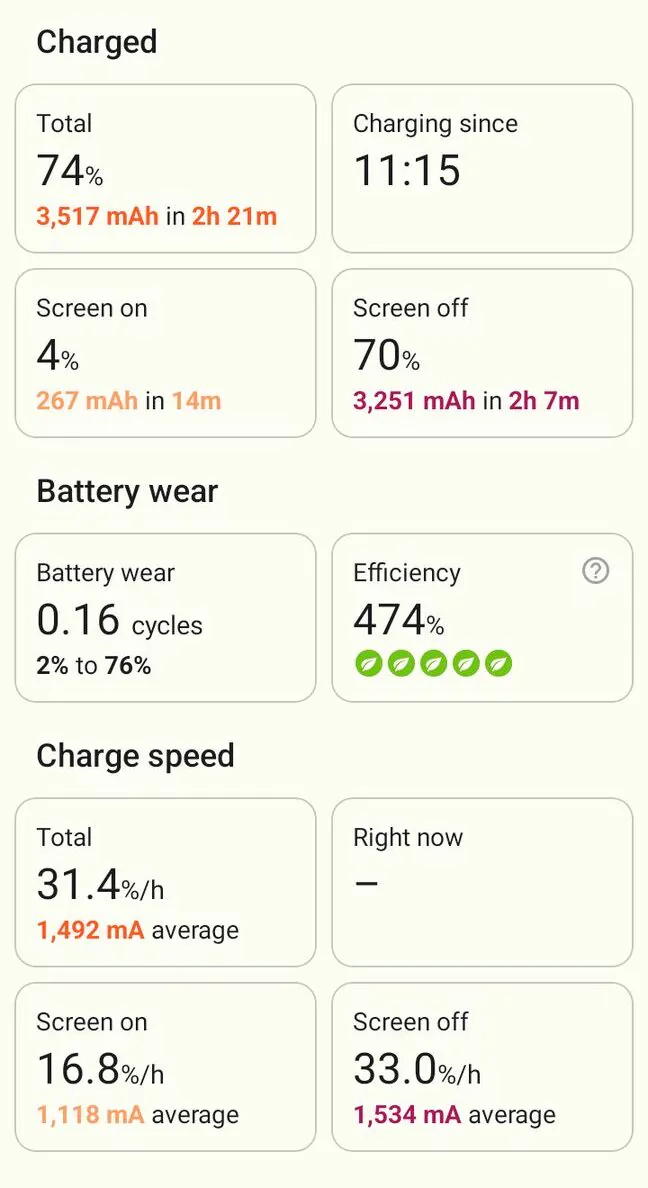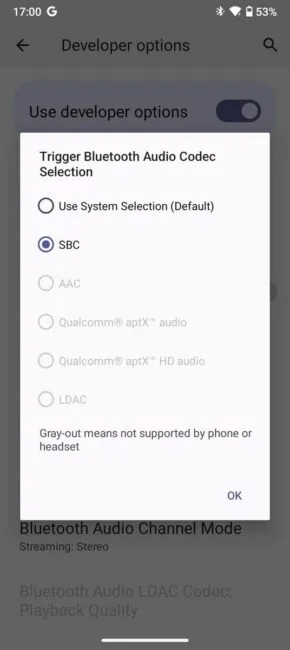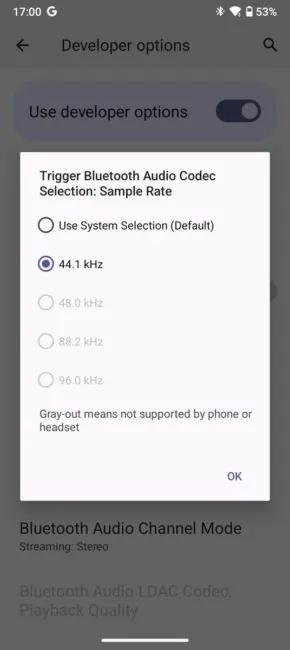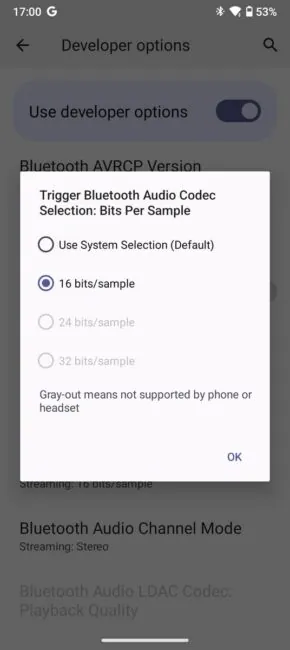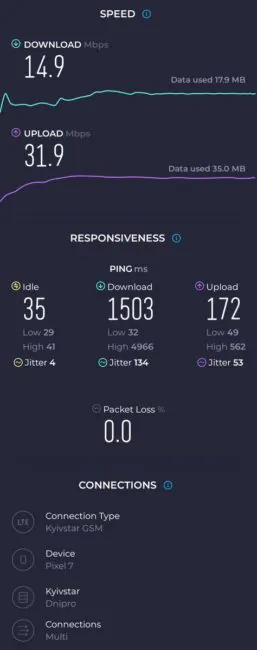© ROOT-NATION.com - Use of content is permitted with a backlink.
Unlike numerous smartphone manufacturers originating from China, Cubot made its mark in my memory back in the distant years of 2012-13 when this brand became widely known among the narrow circles of young technology enthusiasts, to which I belonged at that time. Back then, Cubot smartphones were often recommended on thematic forums as decent devices for minimal money, making them popular among daring students with limited financial means. Moreover, many enthusiasts bought Cubot smartphones “for fun,” simultaneously boasting to like-minded individuals about a successful purchase. Since then, the Cubot team has not wasted time in vain, exploring new markets and significantly expanding the product range with distinctive representatives, such as the KingKong Star, which impresses with its giant battery capacity, massive rugged body with two displays, and a bright built-in flashlight. On the other hand, the Cubot Note 40 has a more classic design and layout but can also boast a capacious battery and decent features for less than $100.
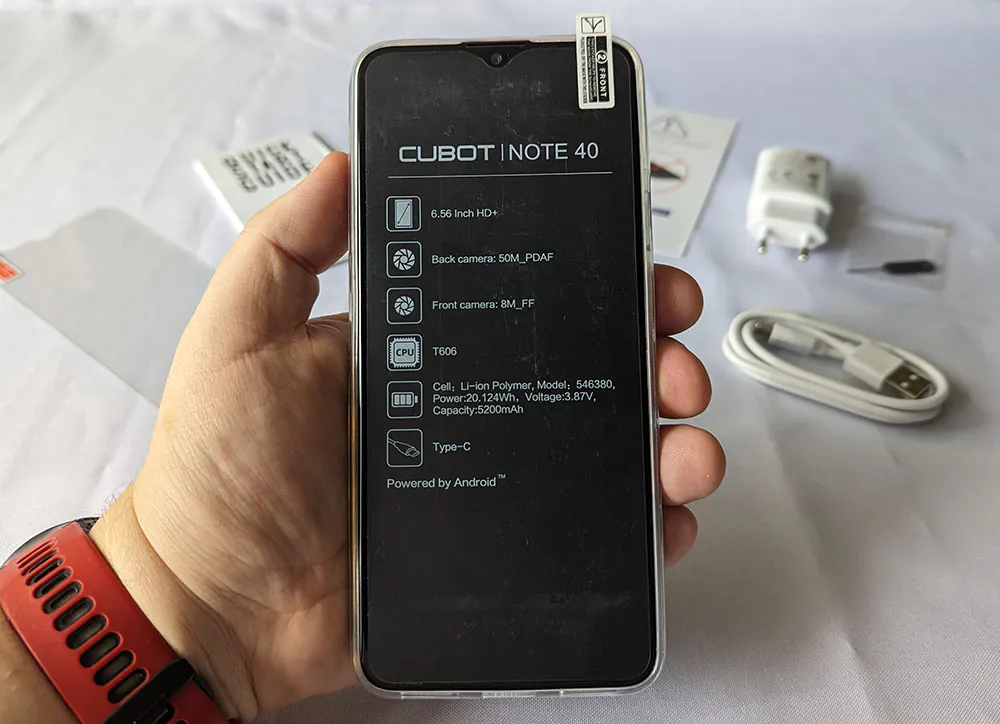
Specifications
- Processor: Unisoc Tiger T606, 8 cores (2×Cortex-A75 1.6 GHz + 6×Cortex-A55 1.6 GHz), maximum clock frequency 1.6 GHz, 12 nm process technology
- Graphics chip: Mali-G57
- RAM: 6 GB, LPDDR4X type, expandable by 6 GB
- Storage: 256 GB, type UFS 2.1
- Display: IPS, 6.56 inches, 720×1612 (HD+) resolution, 269 ppi density, 90 Hz refresh rate, 20:9 aspect ratio, 82% screen to body ratio
- Main camera: 50 megapixel main module, PDAF, 2 megapixel macro lens, LED flash, 1920×1080 video recording resolution at 30 frames per second
- Front camera: 8 megapixels, video recording resolution 1280×720 at 30 frames per second
- Battery: 5200 mAh non-removable lithium-ion (Li-ion)
- Operating system: Android 13
- Communication standards: 2G, 3G, 4G (VoLTE)
- Wireless technologies: Wi-Fi 5 (802.11 a/b/g/n/ac, Dual-Band), Bluetooth 5 (A2DP, LE)
Geolocation: A-GPS, GPS, GLONASS, Galileo - Slot for SIM cards: 2×Nano-SIM
- Memory card support: microSD up to 1 TB
- Dimensions: 165.8×75.8×10.1 mm
- Weight: 222 g
- Package contents: smartphone, charger, USB to USB Type-C cable, case, protective glass, ejector (paper clip) for removing SIM cards
Positioning and price
The mentioned expansion of Cubot’s product range, as introduced in the introductory remarks, is accompanied by rather controversial methods of choosing names for models. For instance, models of the Note series with indices 21, 40, and 50 are not different generations; each of the smartphones was introduced in 2023, in August, October, and July, respectively. Yes, exactly in that order. Moreover, all three smartphones have a different design for the camera block, although “on paper,” their cameras are identical.
Despite the fact that the indices in the model names suggest a significant difference between them, there are not many technical differences among the specifications—memory capacity, weight and thickness of the body—with the only presence of fingerprint scanner and NFC being exclusive to the Note 50.
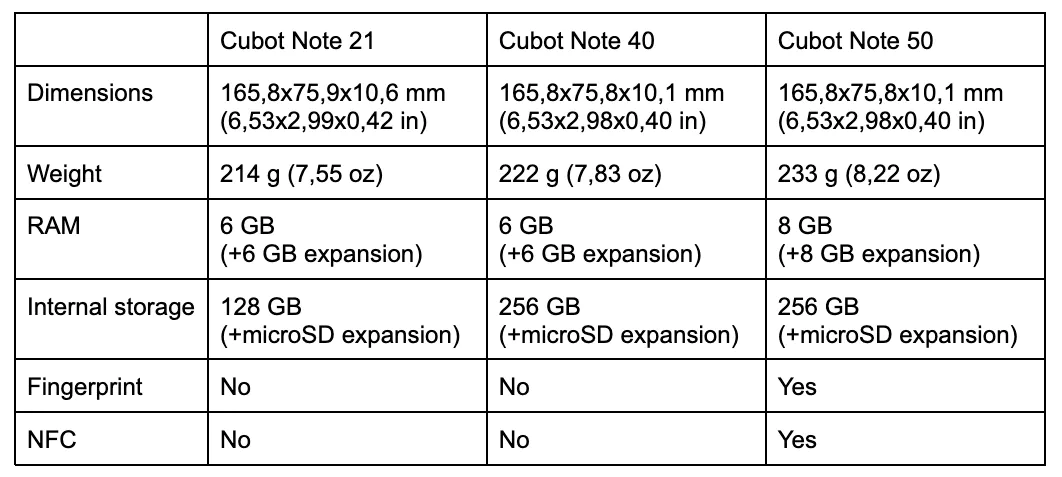
Reviews of the Note 21 and Note 50 are already published on our website, which will help you form a more comprehensive impression of Cubot Note 40 in particular. In my opinion, the decisive factor in choosing between these models is their cost at the time of purchase. For example, at the time of the review’s publication, Cubot Note 40 costs almost half as much on AliExpress compared to three months ago.
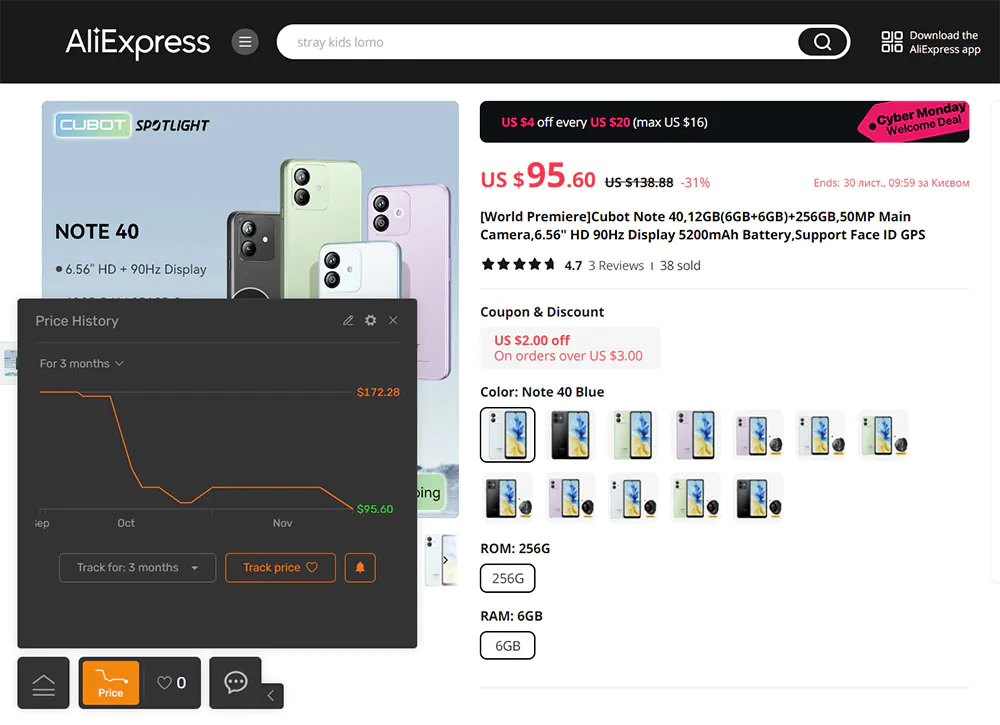
Package contents
The smartphone comes in an attractive dark-gray box, which is especially pleasing if you are buying or receiving the smartphone as a gift.

There are a lot of useful things inside the box:
- smartphone with protective and transport films glued on
- protective glass
- transparent case
- 10W charger (5V 2A)
- USB to USB Type-C cable
- a tool for opening the SIM card tray and memory card
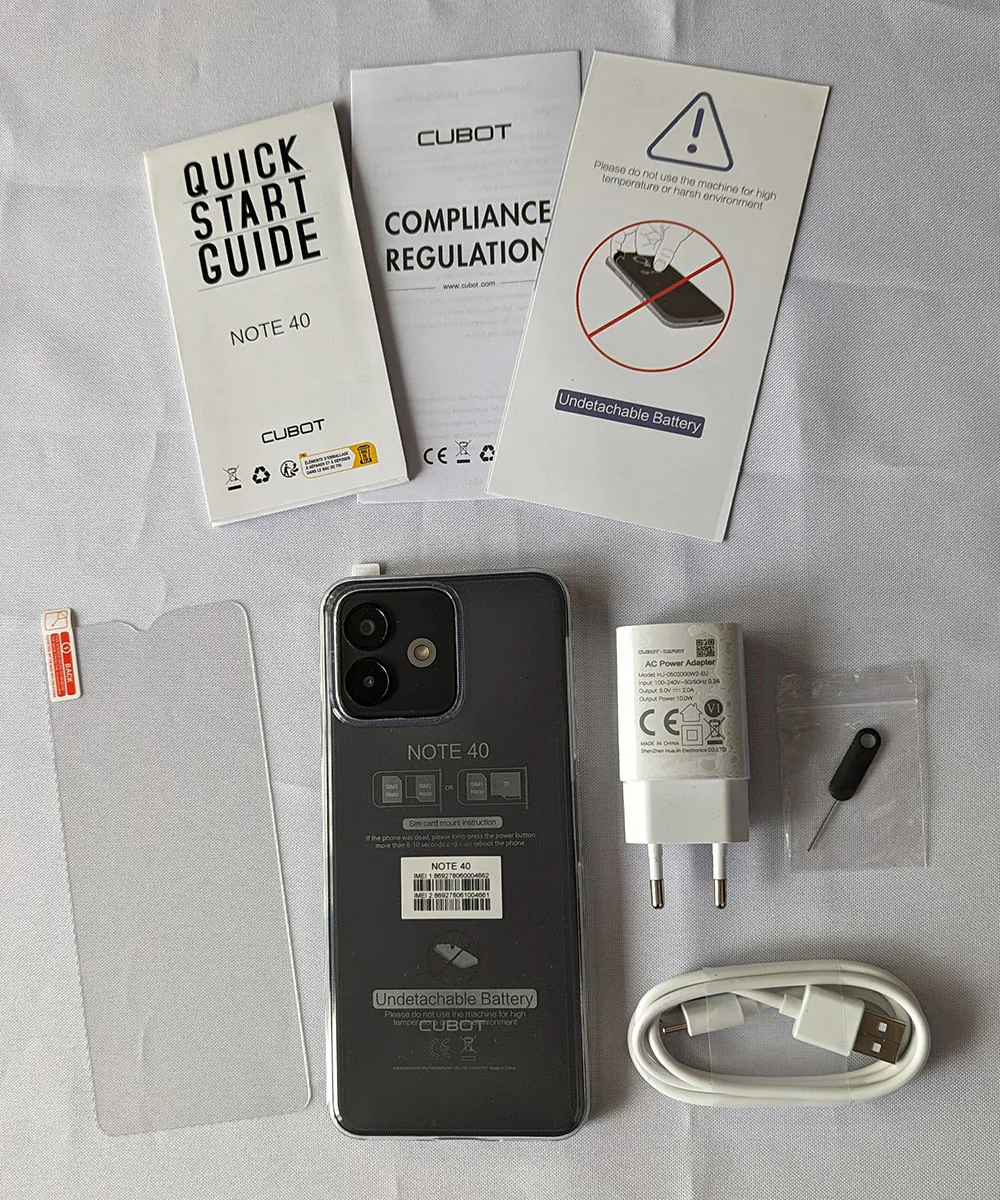
It’s a pity that the smartphone doesn’t come with headphones like its “older brother” Note 50. This would have been quite useful, considering the absence of a separate 3.5mm jack on the Note 40.
On the other hand, the included case is quite decent and not slippery, although it has a glossy surface. The rim around the camera block effectively protects it from scratches. The edges of the case protrude above the front surface of the smartphone, safeguarding the display. However, there are no shock-absorbing inserts around the perimeter, so one shouldn’t expect the case to fully protect the smartphone from damage in the event of a fall on a hard surface.
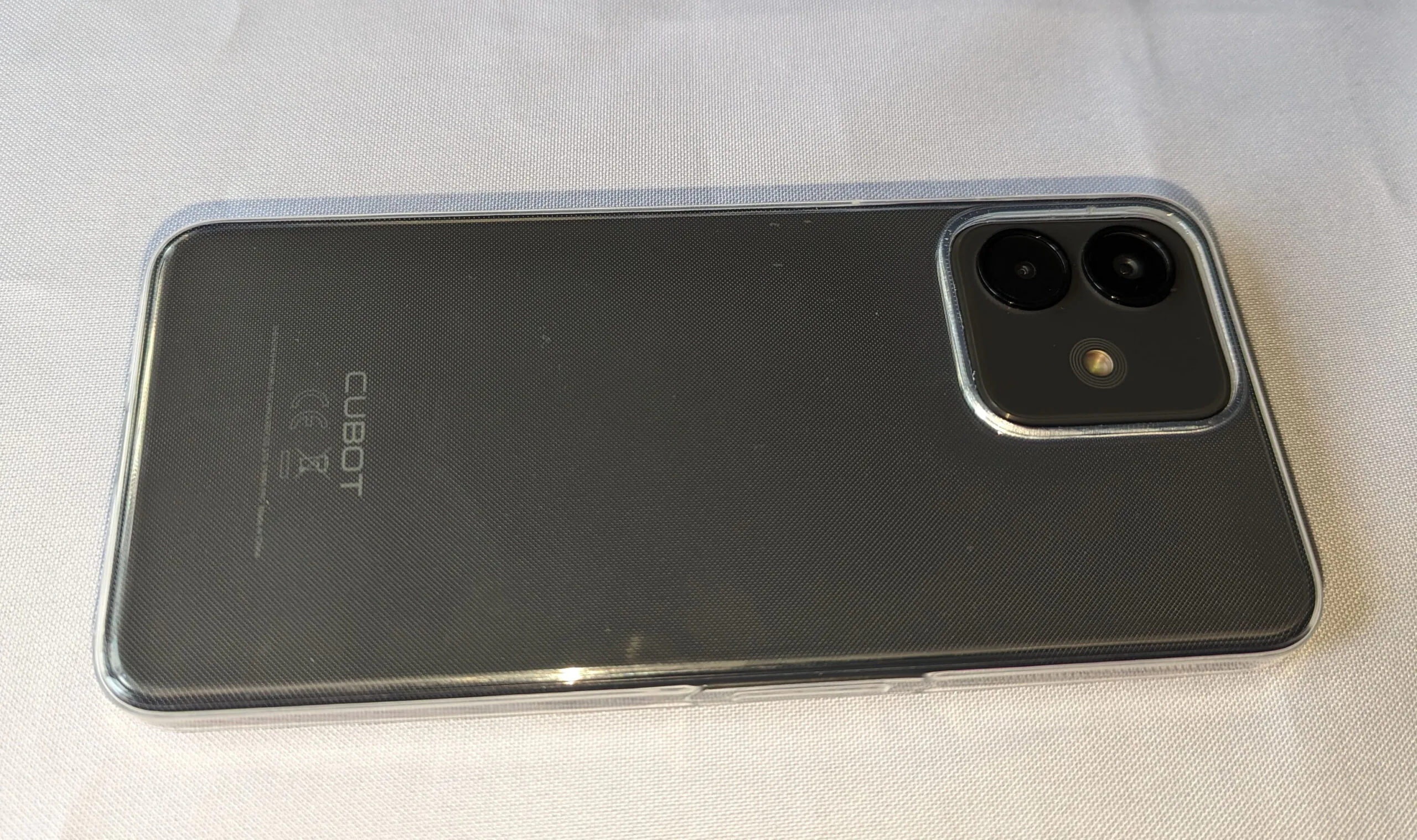
Design and Layout of Elements
The exterior of the Cubot Note 40 is unlikely to surprise; for many years now, smartphones with a monochrome glossy back and a square camera block have been commonplace. The situation is saved by the option to purchase the smartphone not only in black but also in green, blue, or purple.
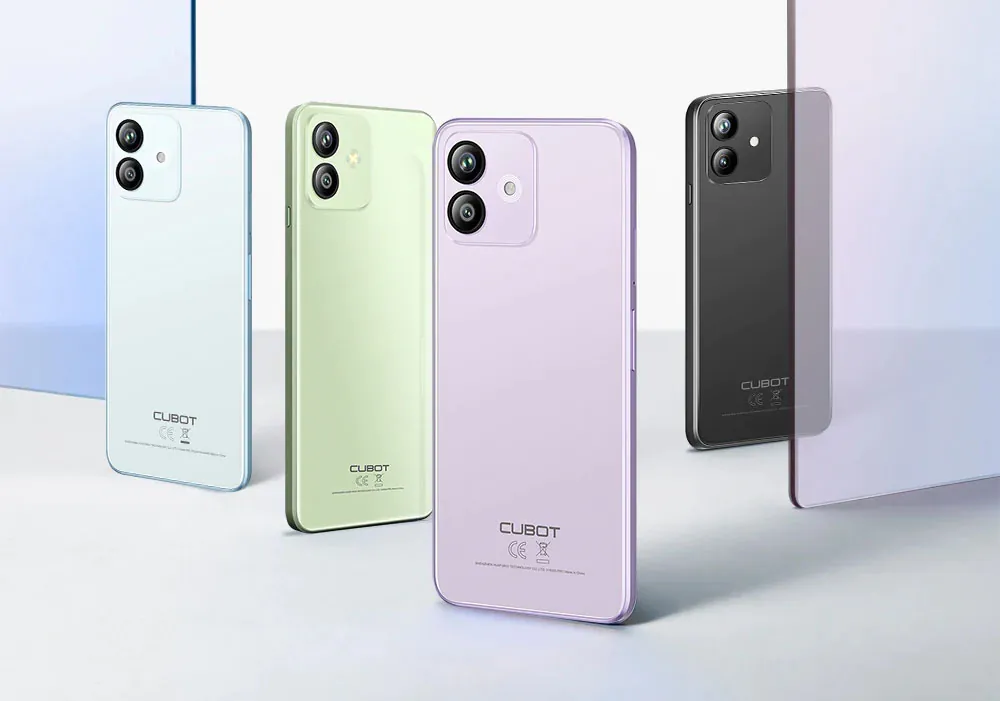
Perhaps the use of proven design solutions helped engineers achieve excellent build quality – in such a case, the typical appearance can be forgiven. I didn’t notice any play, creaks, or panel bends during use.
The smartphone sits comfortably in the hand, with flat edges providing a secure grip without cutting into the palm, as they are rounded at the transition to the back panel. On the edges, there is the screen lock button on the right, volume control button, and SIM card tray on the left, and speaker openings and a Type-C port at the bottom.
The edges have a matte finish, and the back panel is made of glossy plastic, which leaves fingerprints and small scratches over time. Therefore, it is better to wear the case that the manufacturer carefully put in the box.
Cubot Note 40 Display
Cubot Note 40 features a 6.56-inch IPS display with a resolution of 720×1612 pixels and a refresh rate of 90 Hz.
Unless closely scrutinized, the relatively low resolution is hardly noticeable but contributes to better battery life and less strain on the processor. The automatic brightness adjustment works appropriately, providing sufficient brightness both indoors and outdoors. The colors are also decent and do not distort when viewing the screen at an angle.
By default, the display operates at 60 Hz, but for smoother image scrolling, I recommend selecting the 90 Hz mode in the settings. Additionally, in the settings menu, you can choose a high-contrast mode and increased brightness when watching videos.
Equipment and Performance
Let’s dot the i’s and cross the t’s straight away. Cubot Note 40 is not a gaming smartphone. The reason for this is the modest Unisoc Tiger T606 processor with Mali-G57 graphics.
The processor is sufficient for quick operation of the interface and standard applications. Notably, with 6 GB of RAM, expandable by an additional six gigabytes of swap memory, there is more than enough for comfortable multitasking. This is especially true since the smartphone runs on “pure” Android 13 without any graphic overlays or additions that could consume RAM.
The 256 GB storage is very fast, and in addition, you can install a microSD card up to 1 TB.
However, please note that the smartphone has a hybrid card slot – you can use only two cards at a time: either two nanoSIM cards or one nanoSIM card and one microSD memory card.
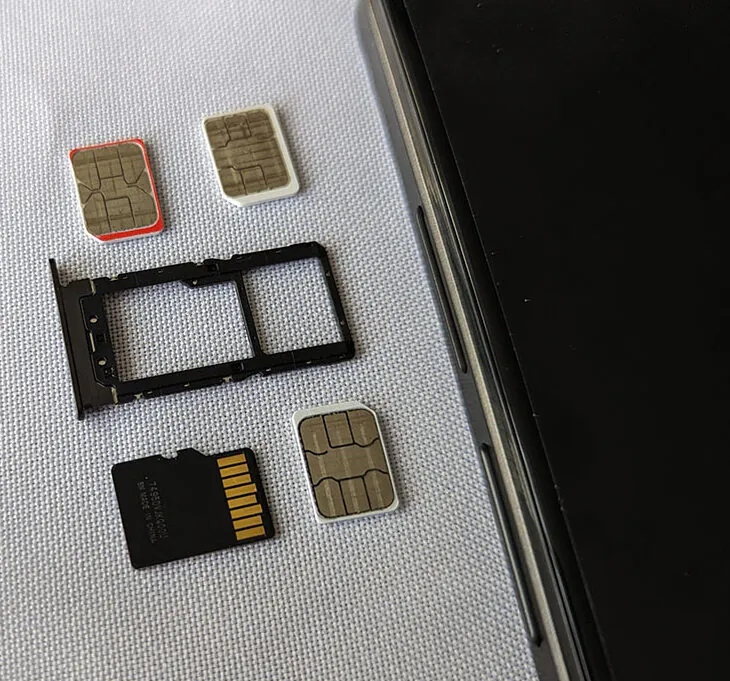 Overall, for its price category and the positioning of the smartphone, the hardware is adequate. If you set aside demanding games and avoid burdening it with 4K video files (which makes little sense considering the 720p display), the performance is sufficient for all tasks. If you’re accustomed to relying on benchmark results, you can familiarize yourself with them in the screenshots below.
Overall, for its price category and the positioning of the smartphone, the hardware is adequate. If you set aside demanding games and avoid burdening it with 4K video files (which makes little sense considering the 720p display), the performance is sufficient for all tasks. If you’re accustomed to relying on benchmark results, you can familiarize yourself with them in the screenshots below.
Battery Life of Cubot Note 40
Despite the fact that Cubot Note 40 is equipped with not particularly powerful hardware, its energy efficiency leaves something to be desired. Although the T606 processor was introduced in 2021, it is manufactured using a 12nm process, which significantly lags behind the current 5nm and 7nm processes in 2023. The manufacturer has partially compensated for the low energy efficiency of the components with a capacious 5200 mAh (20.124 Wh) battery. With everyday use, the smartphone confidently lasts until late evening, with 7-8 hours of screen time on average.
 If we delve into the details, watching online videos in fullscreen mode on YouTube or Twitch discharges the battery by 7% per hour when connected to a Wi-Fi network. Active use of Telegram will result in a 20% battery loss per hour.
If we delve into the details, watching online videos in fullscreen mode on YouTube or Twitch discharges the battery by 7% per hour when connected to a Wi-Fi network. Active use of Telegram will result in a 20% battery loss per hour.
In standby mode with the screen turned off, the smartphone discharges only a fraction of a percent per hour. Therefore, if the Note 40 falls into the hands of a user who limits themselves to brief calls and infrequent message checks, you can expect several days of continuous operation on a single charge.
Battery charging occurs very leisurely, averaging 26.8% per hour, with a peak power of only 9 watts, significantly dropping as it approaches 90% battery charge. The average charging time from 15% to 100% takes around three hours.
Cameras
At first glance, the main camera with an impressive 50-megapixel resolution seems like a claim to outstanding photo capabilities. However, in practice, we have a case where megapixels do not translate into high-quality images, whether using the SuperRes high-resolution mode or any other mode or settings. Even photos taken on a sunny day don’t look “very good,” not to mention photos in low-light conditions.
Video recording is also not a strong point of the Note 40 camera, and even the ability to record video in a resolution of 1920×1080 pixels (Full HD) doesn’t save it. Although stabilization is mentioned in the settings, it does not help improve the situation.
As for the front camera, it’s more of a “checkmark” feature here. The manufacturer used an 8 MP sensor with fixed focus, producing photos and videos of noticeably low quality. It’s not the camera to rely on for taking selfies for social media.
Sound and Connectivity
The speaker on the Note 40 is not suitable for listening to music or watching videos by the company. Although there are openings on both sides of the Type-C port on the bottom of the smartphone, the sound only comes from the right opening. The speaker above the screen is not engaged, so stereo sound is absent.
The maximum volume level is sufficient not to miss a call or notification, but it only takes a few minutes for it to become “ear-piercing.” Connecting headphones can improve the situation, but note that the Note 40 does not support HiRes codecs when connected to Bluetooth headphones.
The earpiece speaker is quite standard, making the conversation partners audible without voice distortion. The same can be said for the microphones; there haven’t been any complaints about unclear or poor-quality sound. However, this depends on the cellular communication standard used during the conversation. The supported standards include GSM (2G), 3G, 4G (LTE), including VoLTE.
Simultaneous use of two nanoSIM cards from different operators does not cause any problems with connection or staying online. However, it’s essential to remember that the smartphone has only one radio module. Thus, during a phone call using the first SIM card, the second one will be “out of coverage,” and vice versa. When using mobile internet through either card, both numbers remain in contact.
Continuing the discussion on mobile internet, I must share my mixed experience with Cubot Note 40. On one hand, while using Note 40 on the go, I didn’t feel a lack of speed when browsing the internet, listening to music on YouTube Music, or viewing photos and videos on Telegram. On the other hand, the results of measurements using the Speedtest app were half or even a third lower than those for the Google Pixel 7, which was nearby and connected to the network of the same carrier.
It seems that the issue lies with the modem used by the manufacturer in their devices based on the Unisoc Tiger T606 processor. Recently, I tested the Cubot Tab 40 tablet with a similar processor, and Tab 40 also demonstrated speeds 1.5-2 times lower than my Google Pixel 7.
In contrast to mobile internet connections, Note 40 works flawlessly with Wi-Fi networks. The smartphone can connect to networks on both 2.4 GHz and 5 GHz frequencies (802.11 a/b/g/n/ac), and the connection to the router is stable. The speed and range are similar to other smartphones, including flagships, and depend more on the presence of walls and other obstacles for radio signal transmission.
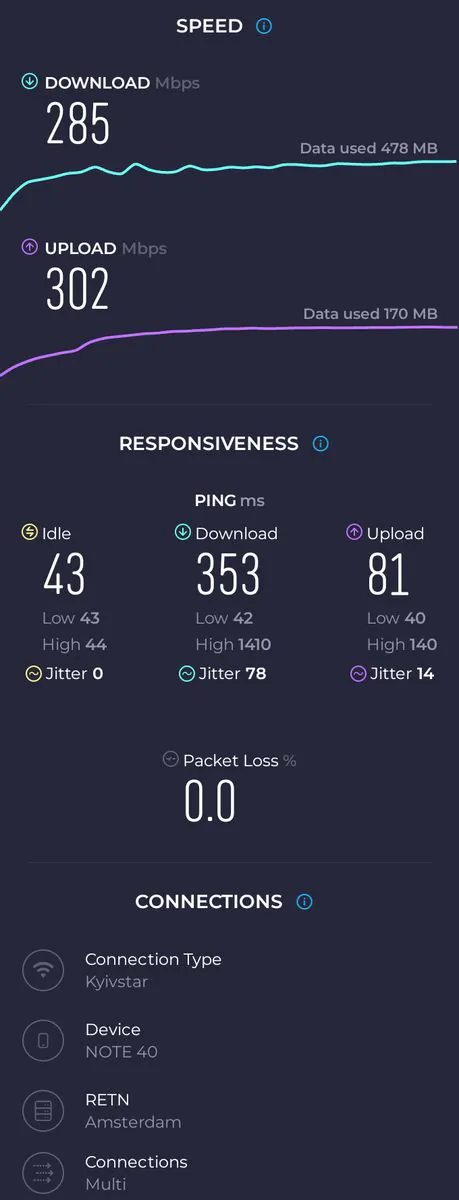
Conclusion
Affordable smartphones always involve compromises, and Cubot Note 40 is no exception. Therefore, it’s commendable that the manufacturer didn’t sacrifice build quality and body design in the development of this model. Additionally, the decent interface speed, good battery life, and stable performance with wireless networks should be highlighted—qualities that were sometimes lacking in budget smartphones.
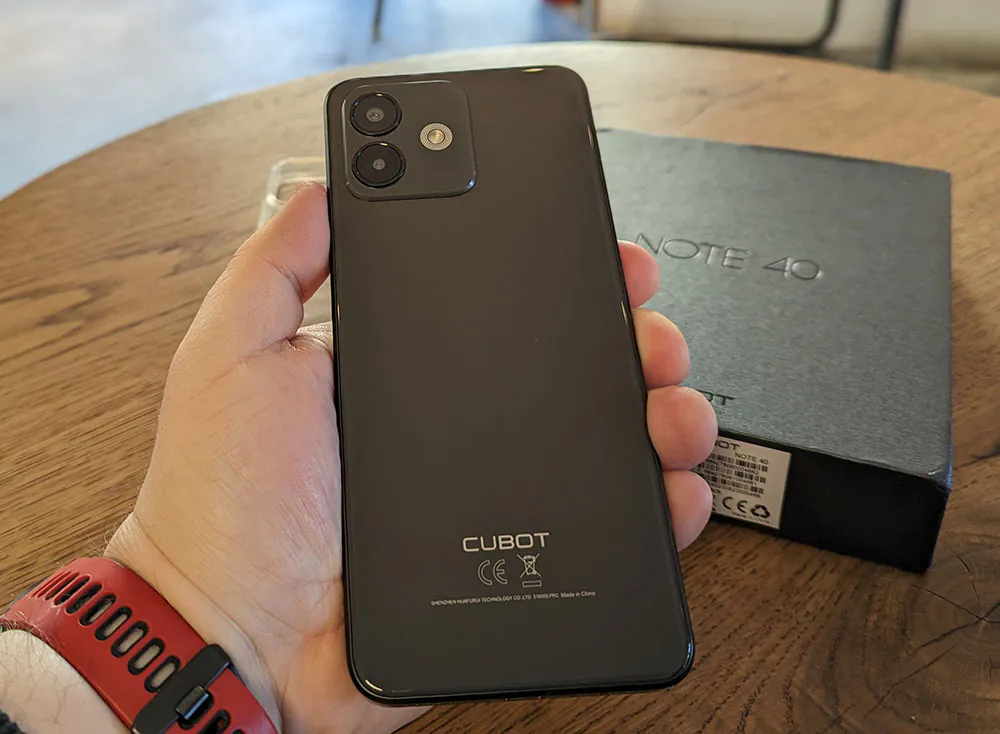
If high-quality photos and videos on built-in cameras are important to you, then it’s worth considering smartphones that are priced twice or thrice as much. Also, considering the modest processor and audio capabilities, Cubot Note 40 is not recommended for mobile gaming enthusiasts or content consumption on the go.
Note 40 would be more suitable as a secondary smartphone or for undemanding users who limit themselves to calls, messaging, social media, email, and browsing web pages.


